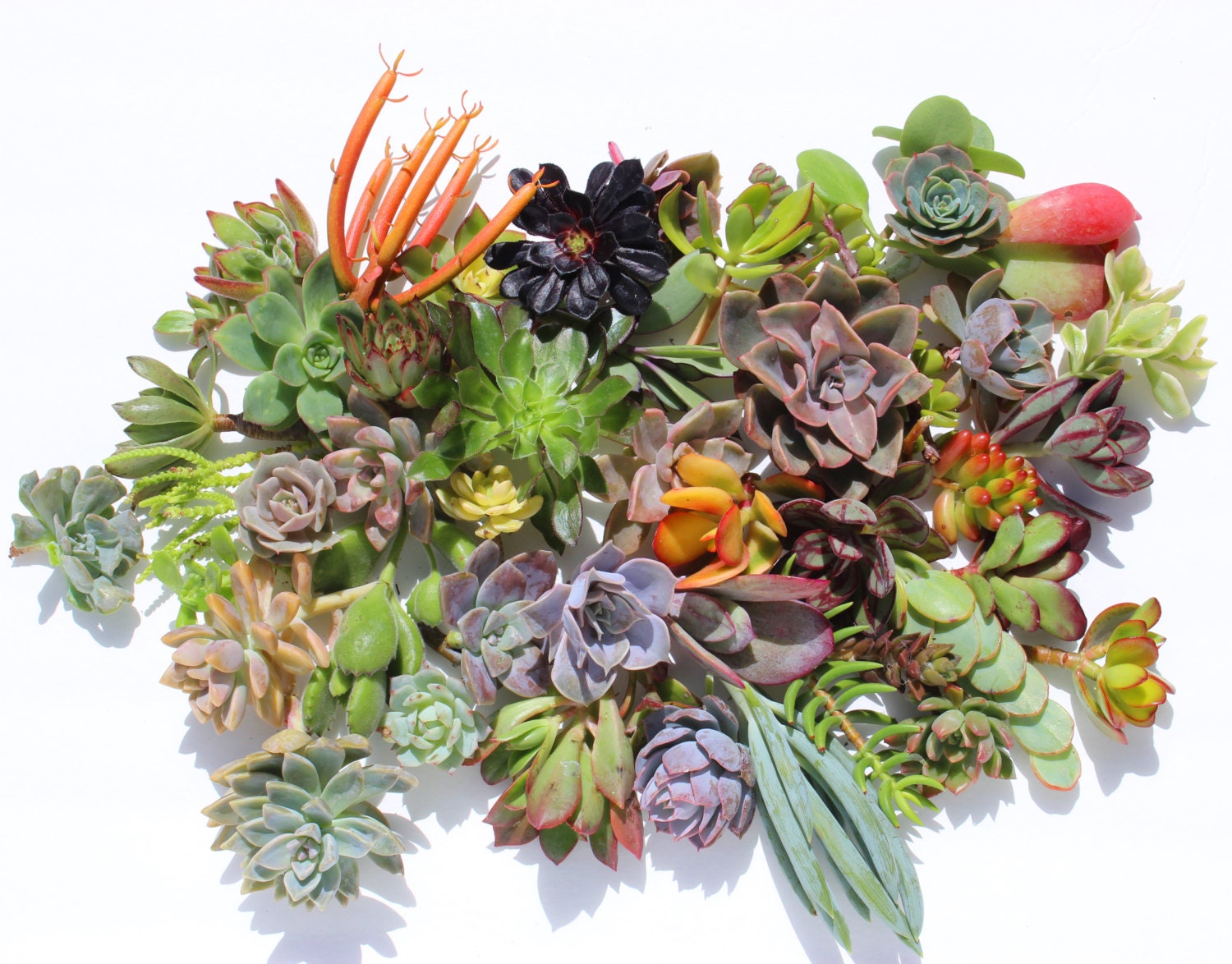

If using a knife, make a clean cut where the offset meets the mature plant. Be sure your knife or hands are clean, so bacteria is not transferred to the plant or offset. Separating offsets from leaves of the parent plant can be achieved by simply pulling them off or using a sharp knife. Once they’ve calloused over and healed, prepare new planters with cactus/succulent soil, wet it, place the succulent in a shallow hole, and fill in the hole to stabilize the plant. Brush old soil from the offsets’ roots, and let them dry out for a couple of days in a warm place with plenty of indirect light to prevent rot and disease when repotted. More mature offsets will have already developed their own root systems, but if the offsets are still connected to the parent plant by a stem, simply use a clean, sharp knife to cut them apart. To divide offsets from the base of the parent plant, brush away the top soil until roots are visible, and gently pull them apart while preserving as many roots as possible. You can use the offsets from either location to grow a new, individual plant. Pups can also occur on the leaves of some succulents, like the Pink Butterfly Kalanchoe.


These pups occur when roots bearing leaf clusters, shoot out from the mature plant and develop into a new succulent. Offsets, AKA “pups,” are the little succulents that sprout up around the base of the parent plant. Propagating succulents with offsets is a great way to grow your collection because the parent plant has already done the majority of the work for you.


 0 kommentar(er)
0 kommentar(er)
